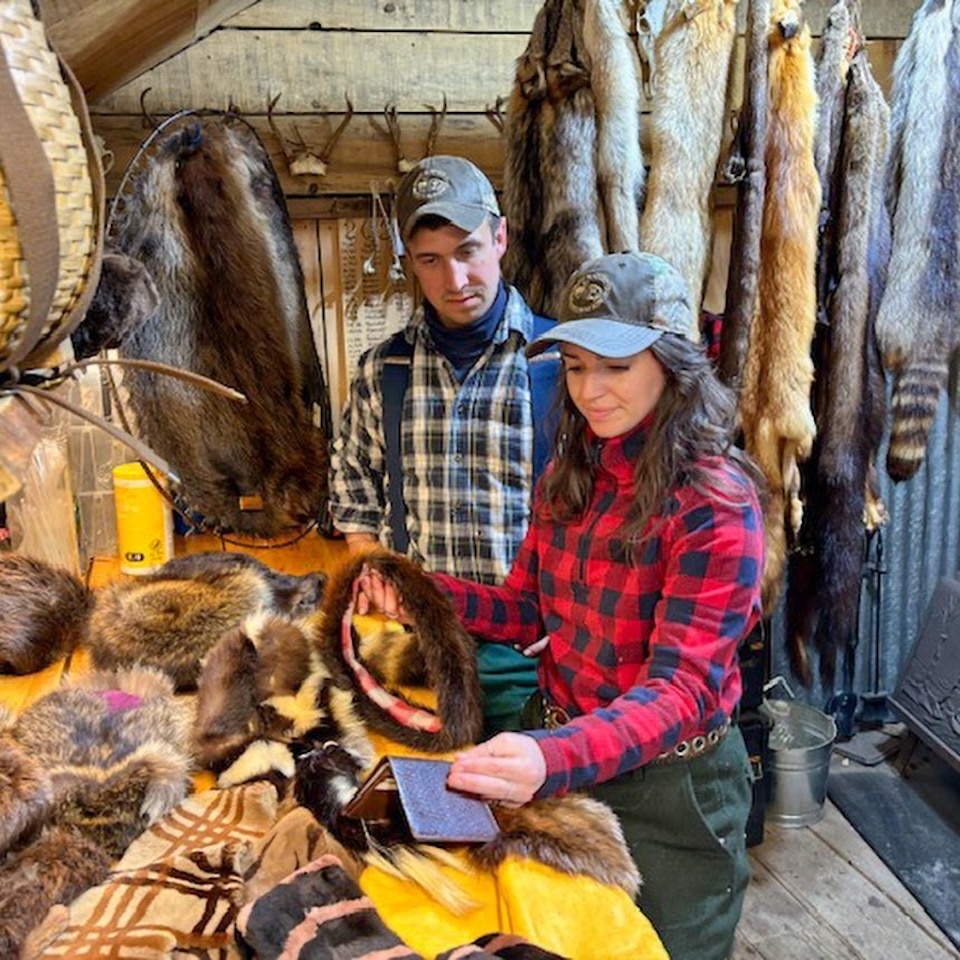Trapping is among our oldest skillsets—opportunities abound for newcomers.
You descend from a long line of trappers. Virtually all your ancestors at some point down the line have snared or trapped animals for food, for clothing, or for tools or trade. Furbearing animals, a category of wildlife under state and federal law, today still provide a litany of opportunity and products. Moreover, trapping is a useful service to wildlife management and public health.

If you enjoy fly fishing, you might cast a streamer or a bug to a trout or a black bass. The fur comes from muskrat or mink. Painters put oil on canvas with badger fur. A western-style hat may have a blend of beaver and mink and wool—a 6X Stetson indicates a good amount of beaver in the blended felt. You can count on it repelling rain. Fur is used in clothing and accessories.
Trapping is highly regulated by the state fish and wildlife agencies; biologists set harvest rates, trapping seasons, bag limits, and restrict trap types. Pittman-Robertson dollars, the federal excise taxes paid by firearms, ammunition, and archery manufacturers on select goods, fund furbearer management. That, coupled with state license fees, give the state agencies the reliable and consistent funding to scientifically manage the health and wellbeing of furbearer populations.
“Trapping is essential to the North American model of wildlife management,” said Bryant White, furbearer program manager for the Association of Fish and Wildlife Agencies. “Wildlife species sought by trappers are abundant and not imperiled. What’s more, trapping is useful in establishing or expanding furbearer populations, or reducing predators that affect the status of threatened or endangered species.”
Regulated trapping is a management tool that ensures the sustainable harvest of a wildlife resources. Humans have always looked to the land to harvest wildlife for their households, including through trapping.
“Licensed trappers also perform a public service by addressing property damage and public health situations,” said Dr. Nathan Roberts, Professor of Conservation and Wildlife Management at the College of the Ozarks. “Regulated harvest of beaver and bobcat, muskrat and mink, coyote, raccoon, and skunk and others—it is trappers who keep furbearer populations in check. That dampens the damaging impact of disease outbreaks in wildlife populations.”
Trapping lessens human-wildlife conflicts such as reducing encounters or lessening property damage. Beavers gnaw on trees for food and the structural raw material for lodges and dams.
Continue reading “Pittman-Robertson, Trapping, and Furbearer Conservation” here.
The Women's Outdoor News, aka The WON, features news, reviews and stories about women who are shooting, hunting, fishing and actively engaging in outdoor adventure. This publication is for women, by women. View all posts by The WON